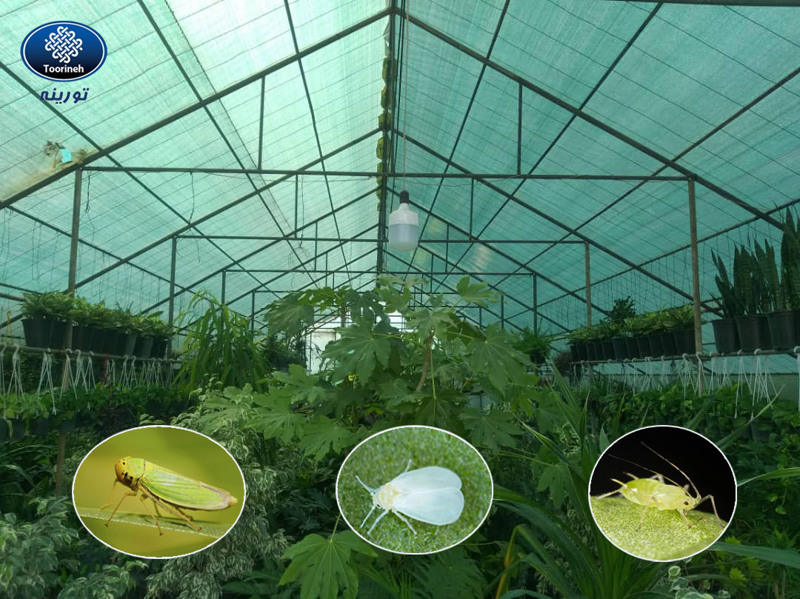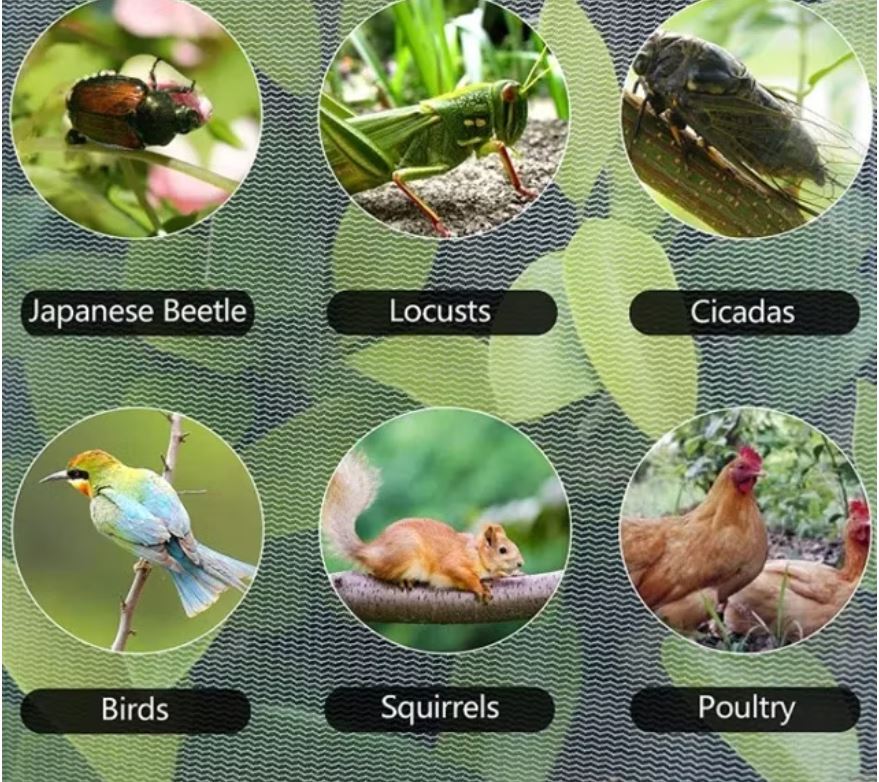
How Shade Nets Help Reduce Pest Damage in Farms and Cultivation Areas
Shade nets are primarily designed to control light, temperature, and humidity, but they can also help reduce pest damage indirectly. While not a substitute for insect-proof nets, shade nets can offer a certain level of protection against pests in agricultural applications—especially in warm and dry climates. They can deter pests such as spider mites, whiteflies, and aphids by modifying the microclimate.
1. Microclimate Modification
Shade nets create a controlled environment that is often less attractive or suitable for many common agricultural pests:
• Reduced Light Intensity:
- Many pests (e.g., thrips, aphids, and whiteflies) are attracted to bright and sunny conditions. Shade nets diffuse sunlight and reduce the ability of these insects to locate host plants.
- Lower light intensity can disrupt the reproductive cycles of pests like spider mites that thrive under intense sunlight.
• Temperature Regulation:
- Cooler temperatures under the netting reduce the metabolic and reproductive rates of pests such as mites and aphids.
- Heat-loving pests like whiteflies are less active and reproduce more slowly in cooler environments.
• Humidity Stabilization:
Higher and more stable humidity under the net can decrease the activity of pests that prefer dry conditions, such as spider mites.
2. Visual Disruption and Plant Camouflage
Shade nets can visually obscure crops, making it harder for pests to detect and locate them:
• Disruption of Pest Navigation:
- Many flying insects use light reflection and specific wavelengths to identify plant surfaces. Shade nets alter these signals, effectively “hiding” the crops.
- Under green or black shade nets, pests may struggle to find the plants, resulting in lower infestation levels

3. Delay and Limitation of Pest Migration
Shade nets can act as a partial barrier to wind and airflow, influencing the movement of airborne pests:
• Windborne Pest Limitation
Although not as dense as insect-proof nets, shade nets reduce wind speed and limit the spread of windborne pests (e.g., aphids or fungal spores).
• Discouraging Entry
Larger insects like moths or locusts may avoid shaded areas due to reduced visibility and the partial physical barrier created by the net.
4. Healthier Plants Are More Pest-Resistant
Shade nets foster optimal growing conditions, producing stronger plants that are less vulnerable to pest damage:
• Less Plant Stress = Fewer Pests:
Crops under shade nets experience less water stress, heat stress, and sunscald. These healthier plants are better equipped to withstand pest attacks.
• Better Growth:
Balanced light and temperature conditions promote better plant development and increase resistance to pest-related damage.
Examples of pest reduction through shade netting
• Tomatoes:
- In hot regions, shade nets lower temperatures, discouraging whiteflies that prefer hot and sunny conditions.
- Cooler microclimates also reduce spider mite infestations.
• Cucumbers:
- Shade nets retain humidity and reduce temperatures, leading to a drop in aphid populations.
- Healthier cucumber plants are less susceptible to virus transmission by insect vectors.
• Leafy Greens:
Shade nets deter grasshoppers and reduce vulnerability to stress-induced pest damage.
• Fruit Orchards:
For fruit trees, shade nets can deter fruit flies and other heat-loving pests by lowering light intensity and heat exposure.
Shade nets vs. Anti inset nets
• Shade nets:
- Primarily modify the microclimate (light, temperature, humidity) and indirectly reduce pest damage.
- Ideal for combined climate control and partial pest deterrence.
• Anti inset nets:
- Serve as a physical barrier to prevent pests from entering.
- Do not significantly affect microclimate conditions.
While not a replacement for insect-proof solutions, shade nets provide significant indirect pest control benefits by creating a less favorable environment for pest proliferation. By improving plant health and interfering with pest behavior, shade nets contribute to more sustainable and effective crop protection strategies.
Visited: 530



